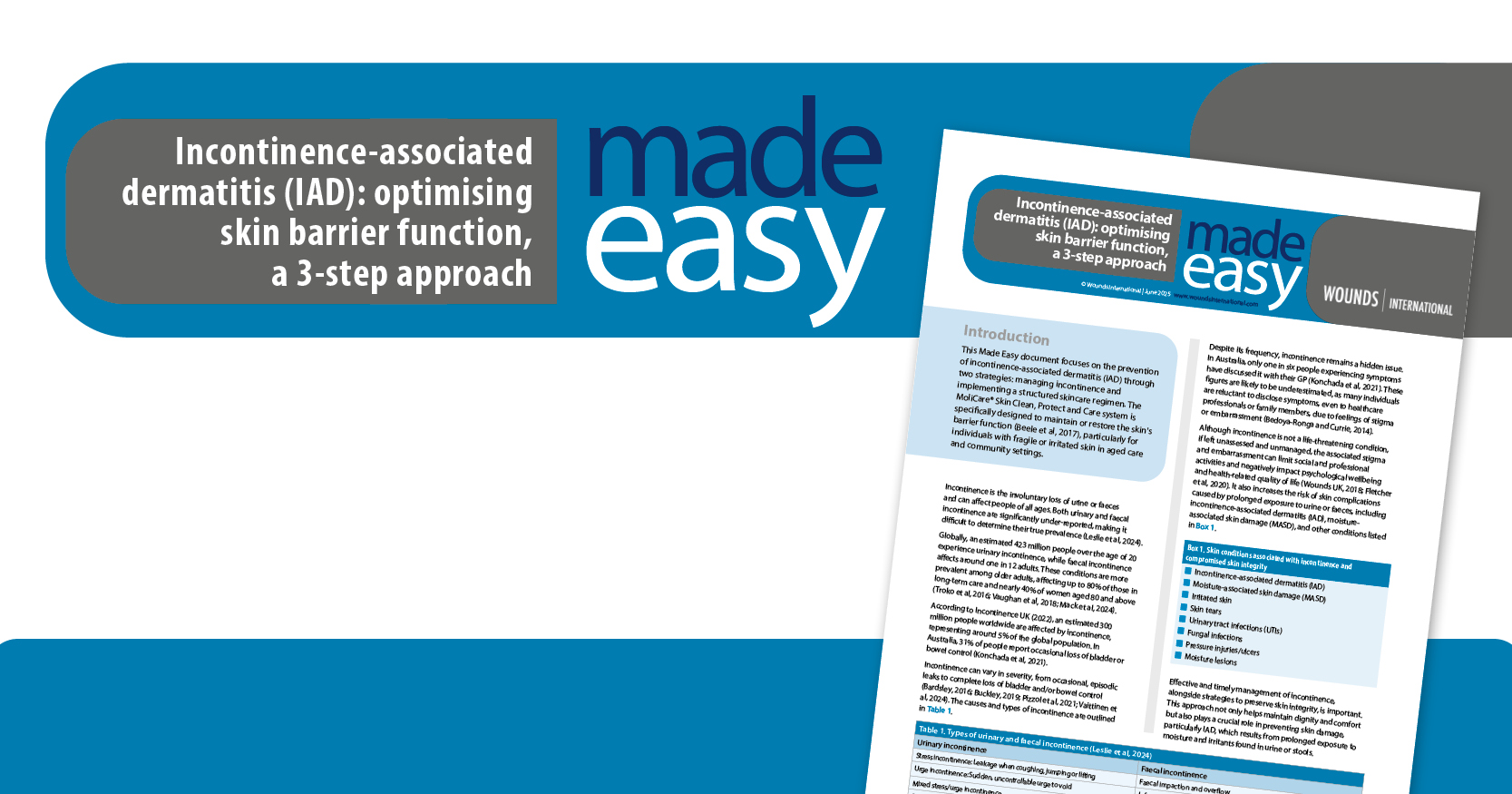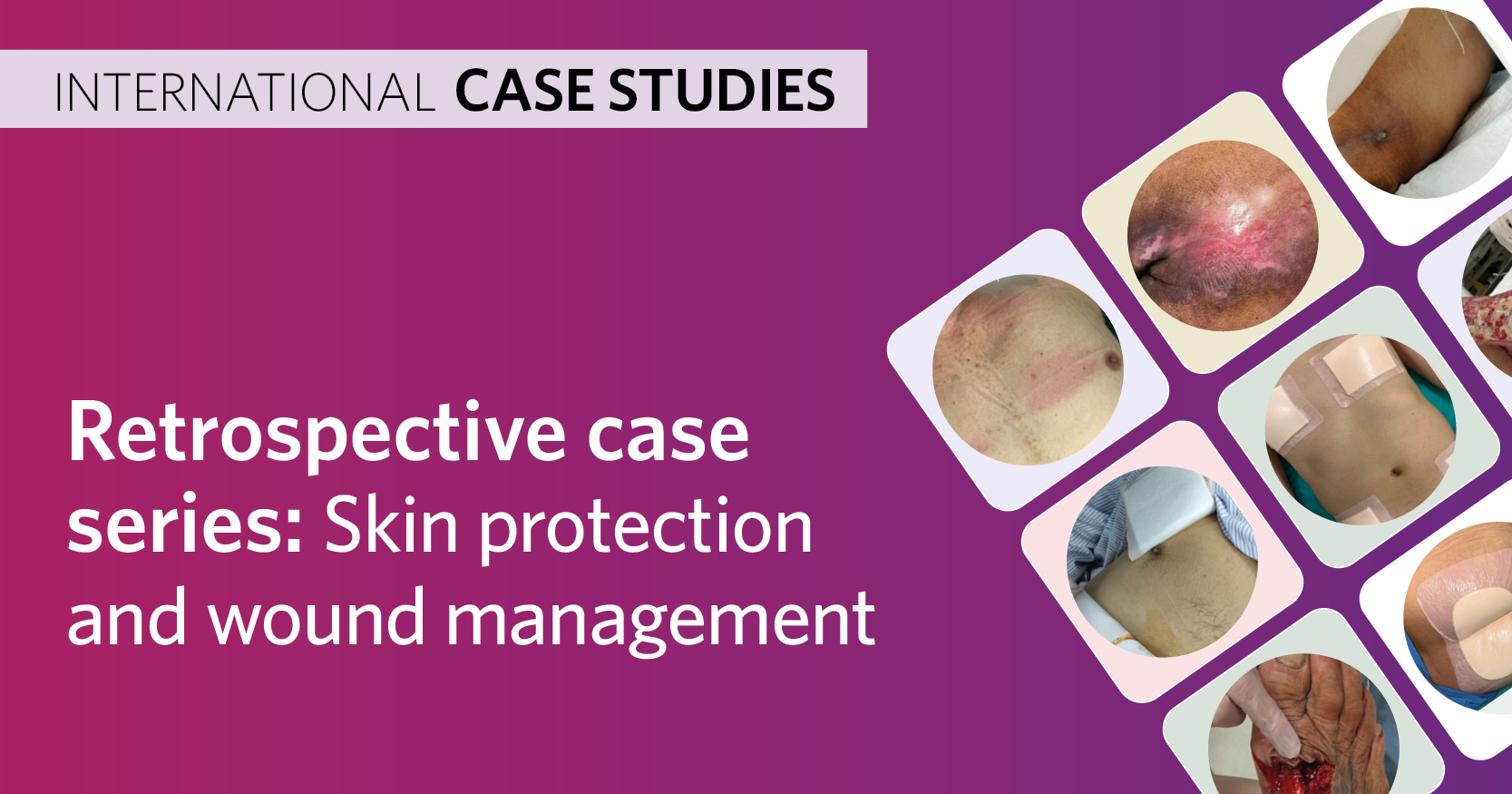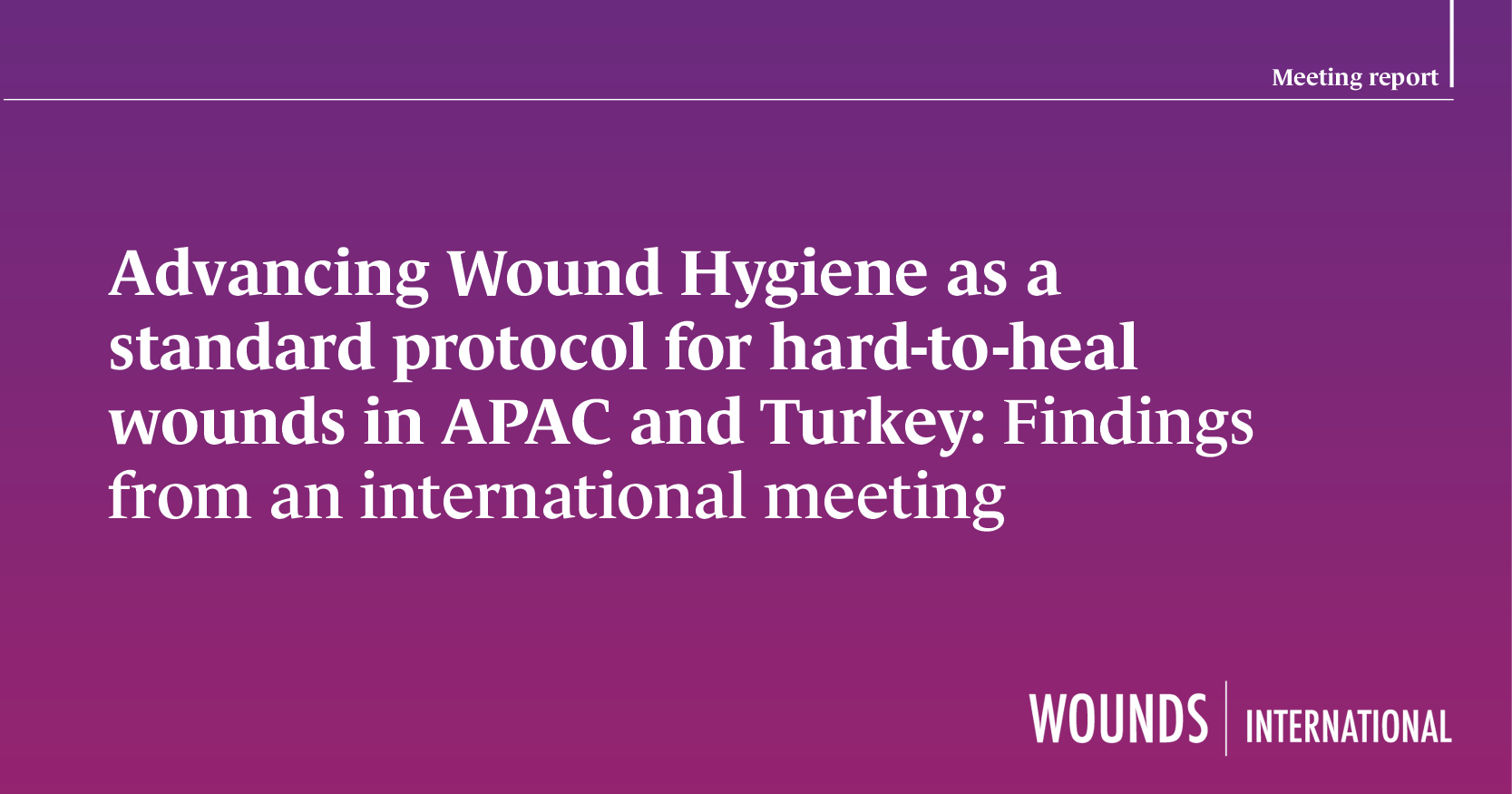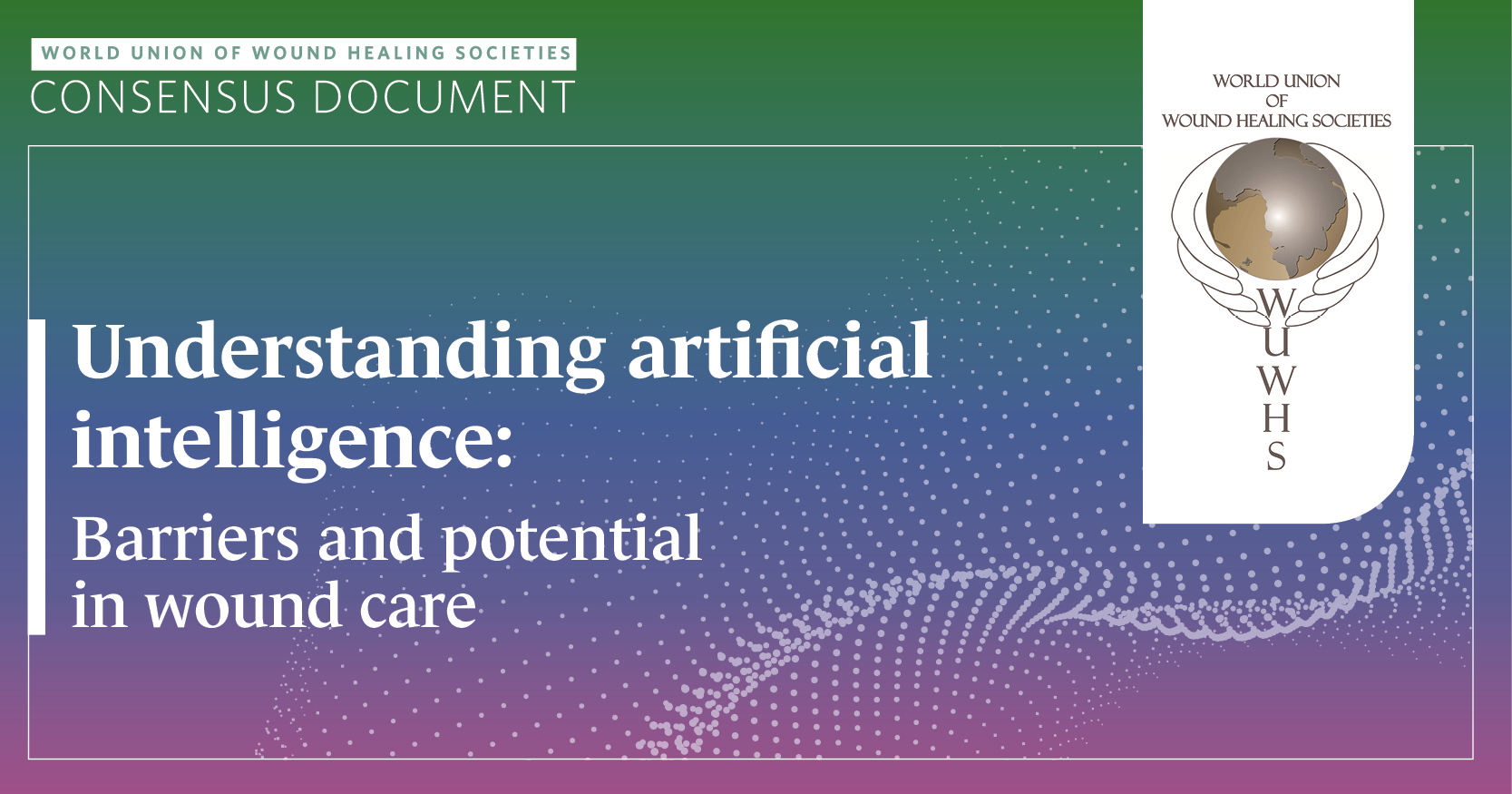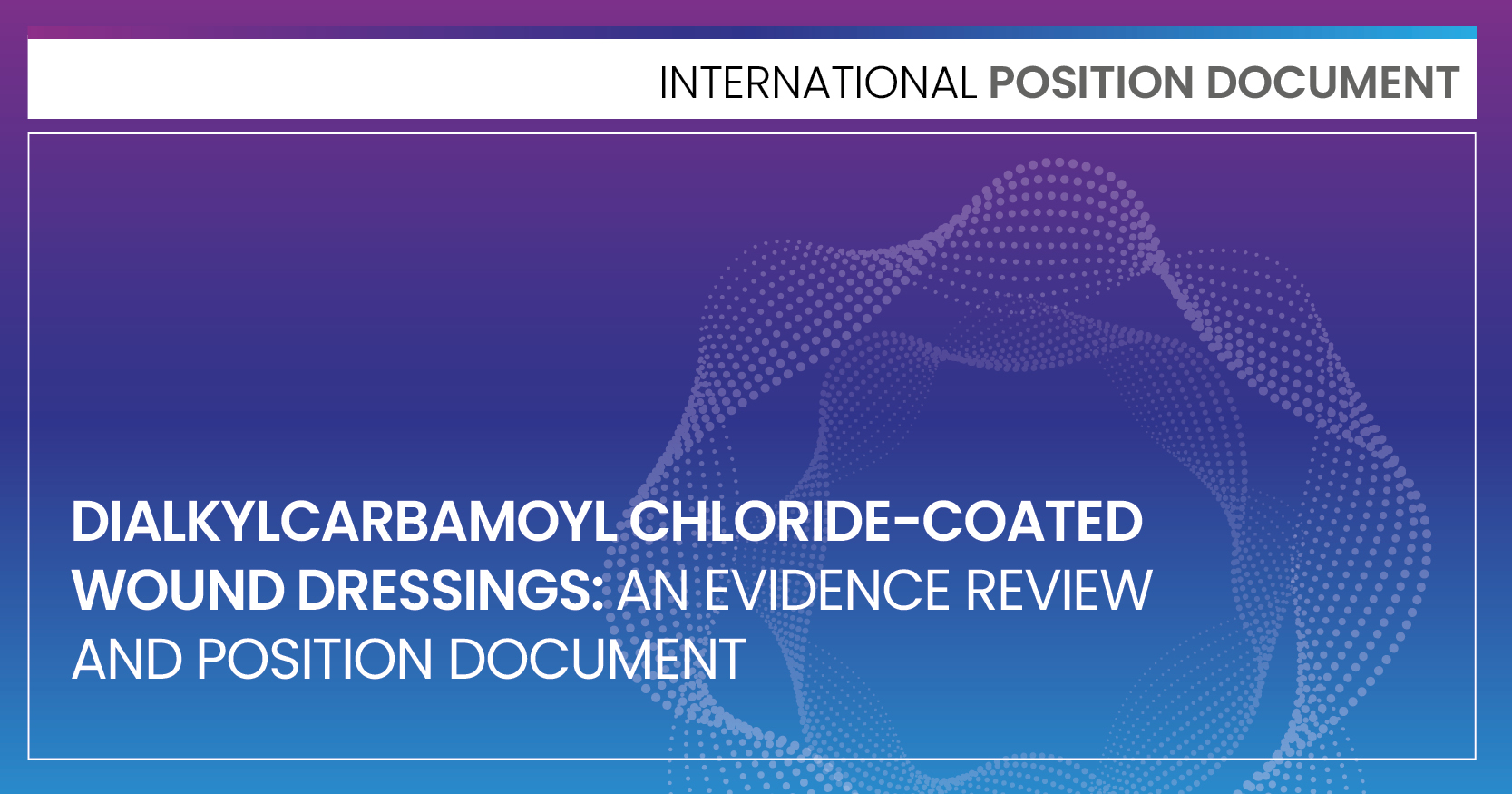Incontinence is the involuntary loss of urine or faeces and can affect people of all ages. Both urinary and faecal incontinence are significantly under-reported, making it difficult to determine their true prevalence (Leslie et al, 2024).
Globally, an estimated 423 million people over the age of 20 experience urinary incontinence, while faecal incontinence affects around one in 12 adults. These conditions are more prevalent among older adults, affecting up to 80% of those in long-term care and nearly 40% of women aged 80 and above (Troko et al, 2016; Vaughan et al, 2018; Mack et al, 2024).
According to Incontinence UK (2022), an estimated 300 million people worldwide are affected by incontinence, representing around 5% of the global population. In Australia, 31% of people report occasional loss of bladder or bowel control (Konchada et al, 2021).
Incontinence can vary in severity, from occasional, episodic leaks to complete loss of bladder and/or bowel control (Bardsley, 2016; Buckley, 2019; Pizzol et al, 2021; Vaittinen et al, 2024). The causes and types of incontinence are outlined in Table 1.
Despite its frequency, incontinence remains a hidden issue. In Australia, only one in six people experiencing symptoms have discussed it with their GP (Konchada et al, 2021). These figures are likely to be underestimated, as many individuals are reluctant to disclose symptoms, even to healthcare professionals or family members, due to feelings of stigma or embarrassment (Bedoya-Ronga and Currie, 2014).
Although incontinence is not a life-threatening condition, if left unassessed and unmanaged, the associated stigma and embarrassment can limit social and professional activities and negatively impact psychological wellbeing and health-related quality of life (Wounds UK, 2018; Fletcher et al, 2020). It also increases the risk of skin complications caused by prolonged exposure to urine or faeces, including incontinence-associated dermatitis (IAD), moisture-associated skin damage (MASD), and other conditions listed in Box 1.
Effective and timely management of incontinence, alongside strategies to preserve skin integrity, is important. This approach not only helps maintain dignity and comfort but also plays a crucial role in preventing skin damage, particularly IAD, which results from prolonged exposure to moisture and irritants found in urine or stools.
THE SKIN AND SKIN BARRIER FUNCTION
The skin is the largest organ of the body and serves as a semi-permeable barrier that protects against mechanical damage, harmful irritants, infectious pathogens and excessive fluid loss (Woo et al, 2017).
The uppermost layer of the skin, the stratum corneum, consists of approximately 15 layers of flat, dead, protein-rich skin cells called corneocytes. These cells are tightly packed and held in place by lipid-rich substances, forming a protective barrier against water loss, irritants and pathogens. This structure can be compared to a brick wall, where corneocytes are the bricks and lipids act as the mortar (Elias, 1983; Cork et al, 1997; Moncrieff et al, 2015).
What makes a healthy skin barrier?
For the skin barrier to function effectively, it needs the right amount of moisture and lipids. Moisture keeps the corneocytes plump and tightly arranged, blocking gaps that could allow irritants, allergens, and bacteria to penetrate (Atkin and Hodgson, 2025; Figure 1a).
The skin’s naturally acidic pH (4.5–5.5; Figure 2) forms the acid mantle, which provides an additional defence against microbial invasion, including bacteria and fungi.
How the skin barrier becomes weakenedDuring incontinence, excess moisture from urine and/or faeces is absorbed into the corneocytes, causing the skin to become saturated, overhydrated and macerated. (Beeckman et al, 2015). This weakens the skin barrier, making it more vulnerable to friction and shearing forces, and allowing normally harmless skin flora to penetrate, increasing the risk of secondary infection (Beeckman et al, 2015).
Exposure to urine or faeces also alters the skin’s pH from its normal acidic range of 4.5–5.5 to a more alkaline state [Figure 2]. This weakens the acid mantle, increasing skin permeability [Figure 1b]. Urea in urine is converted by skin bacteria into ammonia, which further disrupts the acid mantle and increases the risk of irritation, infection, mechanical breakdown and IAD (Falloon et al, 2018; McNichol et al, 2018; Yates, 2020).
When the skin barrier is damaged, ongoing exposure to moisture can lead to irritation, inflammation and infection, which may cause pain, embarrassment, reduced mobility, and lower quality of life, in addition to higher healthcare costs (Wounds UK, 2018; Fletcher et al, 2020). Thus, maintaining a healthy skin barrier is important in continence care to prevent complications and support patient wellbeing.
MOISTURE-ASSOCIATED SKIN DAMAGE (MASD)
MASD is an umbrella term used to describe various forms of skin damage caused by prolonged exposure to moisture [Figure 3]. While IAD is the most recognised form, MASD also includes other conditions such as :
- IAD
- Peristomal moisture-associated dermatitis
- Intertriginous dermatitis (intertrigo: where two skin areas may touch or rub together)
- Periwound maceration (Fletcher et al, 2020).
Although moisture is innately part of MASD, its development is influenced by more than bodily fluids alone – irritants (e.g. proteases and lipases in faeces), pH changes, microorganisms on the skin surface (e.g. commensal skin flora) and friction also contribute (Gray et al, 2012; Fletcher et al, 2020).
Incontinence-associated dermatitis (IAD)
IAD is one of the most common problems seen in people who are incontinent of urine and/or faeces. It is a form of chemical irritation characterised by:
- Symptoms such as pain, burning, itching and tingling
- Blanchable erythema
- A glistening appearance of the skin due to serous exudate
- Partial-thickness skin loss (denudation, erosion, abrasion or superficial ulceration)
- Vesicles (bullae) containing clear fluid or exudate (Beeckman et al, 2015; Ousey et al, 2017; Iblasi et al, 2019).
ASSESSMENT
IAD is often difficult to identify, with many cases being misdiagnosed as pressure-related damage (see page 4). Therefore, a holistic skin assessment should be carried out at first presentation or upon admission to the care setting. This should be followed by daily inspections, incorporated into routine care and clearly documented (Wounds UK, 2015; Fletcher et al, 2020; Mitchell, 2022).
In situations where there are frequent episodes of incontinence (urinary or faecal), skin assessments should be increased accordingly (Beeckman et al, 2015).
Clinicians should visually inspect areas exposed to urine and/or faeces for signs of IAD (Gray et al, 2012; Abrams et al, 2017), and use palpation to detect warmth, which may indicate early pressure damage (induration), inflammation (dermatitis) or localised infection (Flanagan, 2020).
Key areas to check during skin assessment
A thorough skin assessment should include checking for the following signs (Flanagan, 2020; Zulkowski, 2012):
- Dry skin, excoriation, rashes, erythema
- Maceration, erosion or oedema
- Blisters (vesicles, papules), cracking
- Signs of bacterial or fungal infection.
Distinguishing IAD from pressure injuries
It is important that clinicians are aware of and distinguish IAD from pressure injuries. While both share common risk factors such as underlying poor health and limited mobility, they differ in terms of location and presentation, as seen in Table 2.
If the aetiology of the patient’s skin damage is unclear, a standardised bundle of skin-care interventions to manage both IAD and pressure injury prevention should be implemented and regularly monitored.
Management and prevention
Continence management begins with evaluating bladder and kidney function in urinary incontinence, and intestinal and colonic function in faecal incontinence (Beele et al, 2017). Where feasible, the underlying cause should be identified and addressed (Wishin et al, 2008). If this is not possible, management should focus on appropriate incontinence products and non-invasive behavioural interventions.
The primary risk factor for IAD is the exposure of the skin to urine or faeces. As such, the goal of any intervention should be to minimise or eliminate skin contact with these irritants (Bender et al, 2017). This can be achieved through a structured skincare regimen that both protects and maintains the skin’s integrity. Clinical evidence shows that using targeted products to cleanse, protect, and care for the skin can significantly reduce the risk of skin tears (Carville et al, 2014) and pressure injuries (Gray et al, 2012).
This regimen should be guided by a thorough skin assessment and accurate differential diagnosis, followed by implementation of the strategies outlined below [Table 3].
Clean
Cleaning the skin is an essential step in managing and preventing IAD. The aim is to gently remove urine or faeces without damaging the skin’s natural barrier.
Why not just use soap and water?
Historically, soap and water were commonly used to clean skin affected by incontinence. However, this method can be too harsh. Traditional soaps often:
- Strip the skin of its natural moisture
- Disturb the skin’s natural pH balance
- Increase the risk of irritation and skin breakdown (Beele et al, 2017).
How often should skin be cleaned?
While there is no consensus on the ideal frequency of skin cleansing, Beeckman et al (2015) recommend cleansing at least once daily and after each episode of faecal incontinence. The key is finding the right balance—cleaning too often can damage the skin barrier, while not cleaning enough may leave irritants on the skin.
What kind of cleanser should be used?
For patients with incontinence, choose a cleanser that is:
- Gentle
- pH-balanced
- Non-rinse (leave-on)
- Moisturising.
These modern cleansers not only clean the skin effectively but also help preserve or improve its moisture levels. Many contain moisturising agents that support the skin barrier and are designed not to be rinsed off, which reduces further friction and water loss. This makes them the preferred option for IAD prevention and care (Beeckman et al, 2015).
Protect
After cleansing, the next step is to protect the skin. The aim is to restore and maintain the skin’s barrier function, reduce exposure to irritants and help manage any inflammation.
Why use skin protectants?
Skin protectants are products applied after cleansing to:
- Form a physical barrier between the skin and irritants (e.g. urine, faeces) to prevent active enzymes from penetrating the skin
- Reduce excess moisture on the skin
- Prevent further skin breakdown (Fletcher et al, 2020).
Care
The third step in managing IAD is ongoing skin care, particularly moisturising vulnerable areas to support skin integrity and prevent injury.
Why moisturise?
Regular moisturising keeps the skin hydrated, supple and resilient. Dry, fragile skin is more prone to tears, cracks and breakdown, especially in older adults.
Moisturising the skin twice daily has been shown to reduce the occurrence of skin tears by up to 50% (Carville et al, 2014).
MoliCare® Product Range Overview
The MoliCare® Skin range [Figure 4] follows a simple, three-step routine: Clean, Protect and Care [Table 3]. MoliCare® offers a comprehensive, dermatologically tested, pH-balanced (pH 5.5) range of products for incontinence management and prevention of skin irritations.
Download the PDF below to access the Made Easy resource

